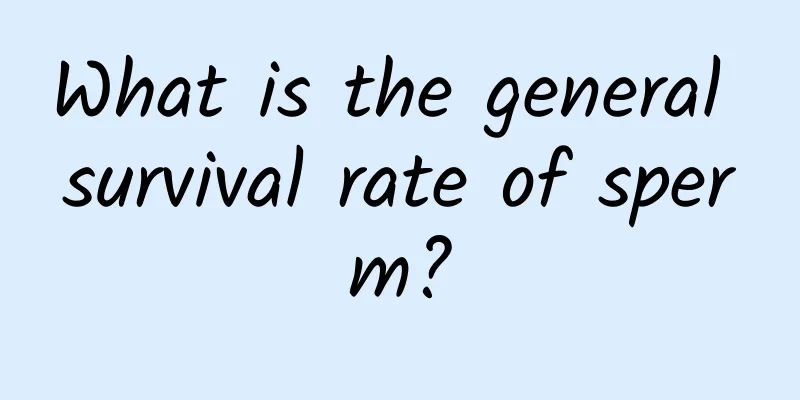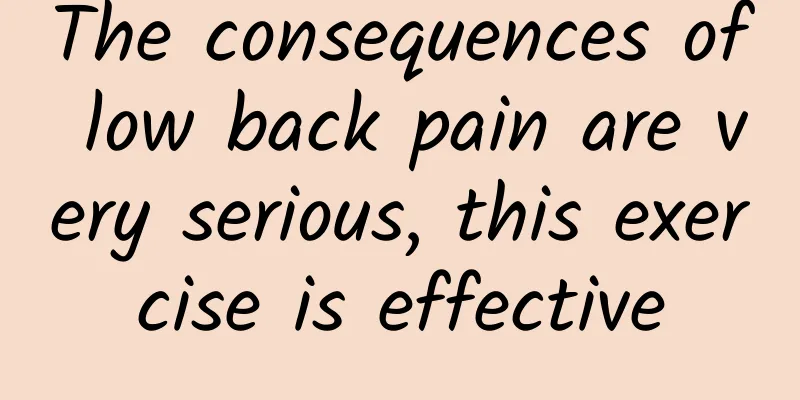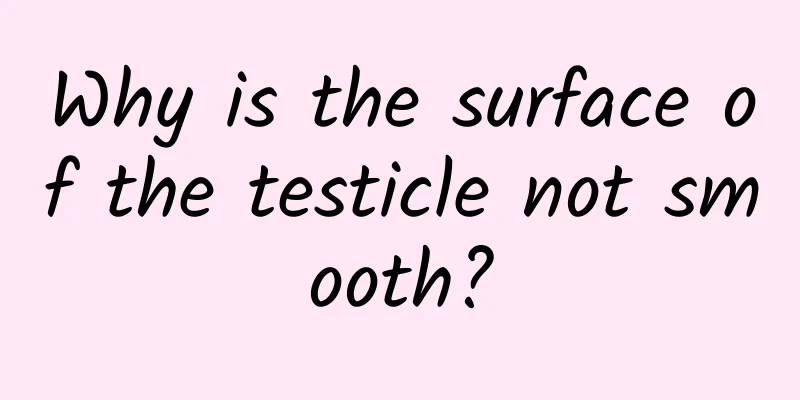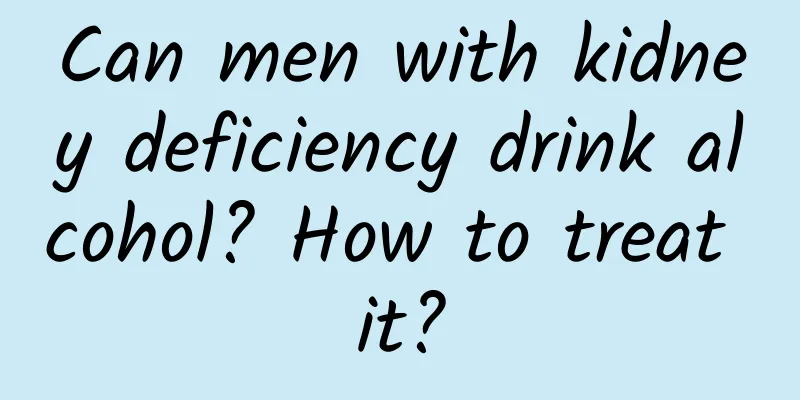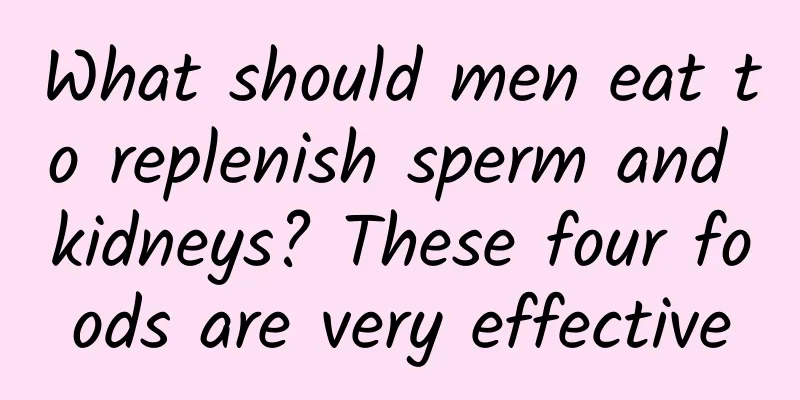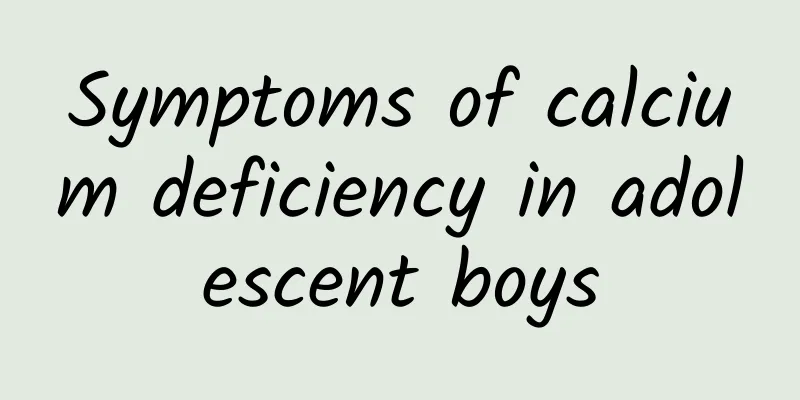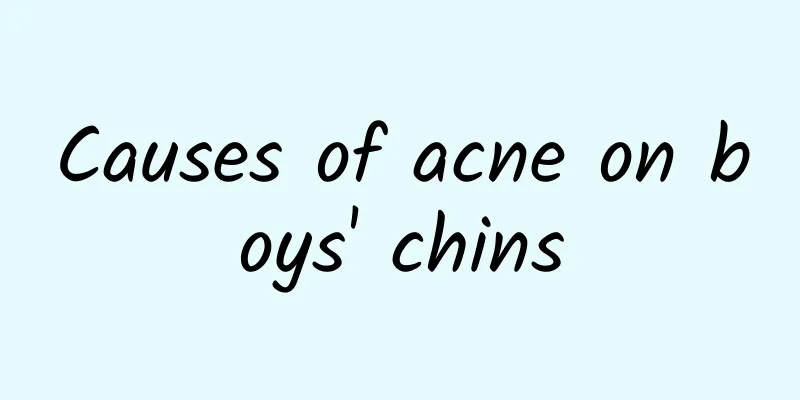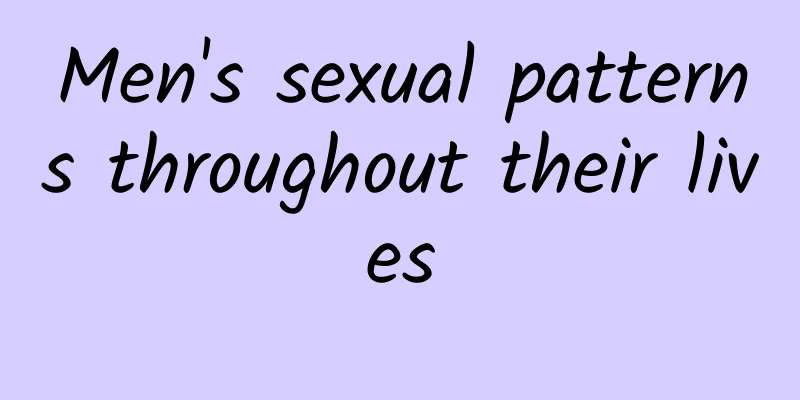What is the cause of incomplete testicular descent?
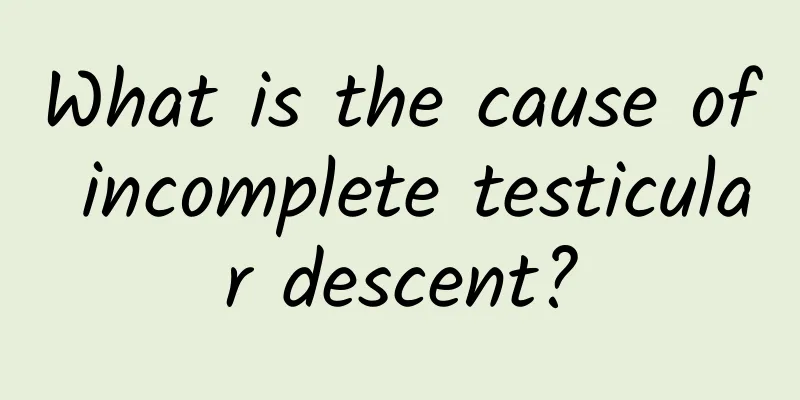
|
Incomplete testicular descent actually refers to the problem of testicular descent obstruction. During the descent process, the testicles are unable to enter the scrotum. Sometimes these are caused by congenital diseases. In fact, they should not be ignored and must be treated in time to avoid malignancy into testicular tumors. 1. Incomplete testicular descent refers to the descent of the testicles, which stay in the middle of the descent process and fail to enter the scrotum. It is also commonly called cryptorchidism in clinical practice. Cryptorchidism is a congenital disease. The occurrence of cryptorchidism is related to hormone levels, testicular fascia and short spermatic cord. Cryptorchidism often occurs on one side, and the incidence of bilateral cryptorchidism is about 10-25%. 2. Cryptotestis is often accompanied by inguinal oblique hernia. Cryptotestis that stay in the abdominal cavity or inguinal area, because the temperature is higher than that of the scrotum, the testicles are in this environment for a long time, which leads to poor development and degeneration of the seminiferous tubules, causing spermatogenesis dysfunction. Over time, in puberty, cryptotestis will also degenerate into testicular tumors. Therefore, cryptotestis should be treated early and retracted into the scrotum to avoid complications. 3. Cryptorchidism should be treated and relocated before the age of 2, and no later than 5-6 years old. 4. Patients with bilateral cryptic testis should be treated with human chorionic gonadotropin (HCG) or gonadotropin-releasing hormone (LHRH) before surgery, which can promote the descent of cryptic testis. 5. Treat inguinal oblique hernia while performing secret testicular release and fixation. 6. If the testicle is found to be underdeveloped or suspected of malignancy, or if an adult has unilateral cryptic testis, surgical removal is recommended. 7. For children with occult testis, whether unilateral or bilateral, LARH spray can be applied full-time from 10 months, 400μg each time, 3-4 times a day, for 4 weeks. If it is unsuccessful, H.C.G can be used continuously, with a weekly intramuscular injection of 1500u for 3 weeks, and the success rate of testicular descent can reach 73%. 8. If endocrine therapy is ineffective, surgical treatment should be considered. 9. To increase the number of reproductive cells after surgery, Buserelin can be used immediately, which will help improve fertility in the future. |
<<: What causes itchy testicles?
>>: What is the cause of testicular pain?
Recommend
Where does a man's body odor come from?
Exploring the mystery: What is "manly smell&...
What are the steps of male cervical ligation surgery?
Male piercing reversal is a very common steriliza...
You can also use this method to increase your sexual desire by caressing between your legs.
For male friends, they can stimulate their sexual...
Is it normal for male sperm to be as thin as water?
In daily life, people don't know much about m...
Symptoms and manifestations of congenital hypothyroidism
Congenital hypothyroidism is a congenital disease ...
Can a paraplegic man have sex?
We often hear that paralysis means loss of sexual...
When does a man's "ability" begin to decline?
The pace of modern life is accelerating, and urba...
What medicine should I use for cracked glans?
If the male glans cracks, it will seriously affec...
What to do about male seborrheic alopecia
Seborrheic dermatitis is an inflammatory skin dis...
What are the manifestations of kidney deficiency in men?
Everyone knows that with age, kidney function wil...
What is the Men's Health Guide?
When it comes to health preservation, everyone pr...
Early pictures of sharp and wet lips
Condyloma acuminatum is not a white spot in the e...
What to do if you have impotence?
In life, people often associate impotence and pre...
What medicine is good for glans inflammation symptoms
Glanitis is a common inflammation in men. There a...
Detailed explanation of the reasons why men ejaculate less
In life, many male friends will find that the amo...
